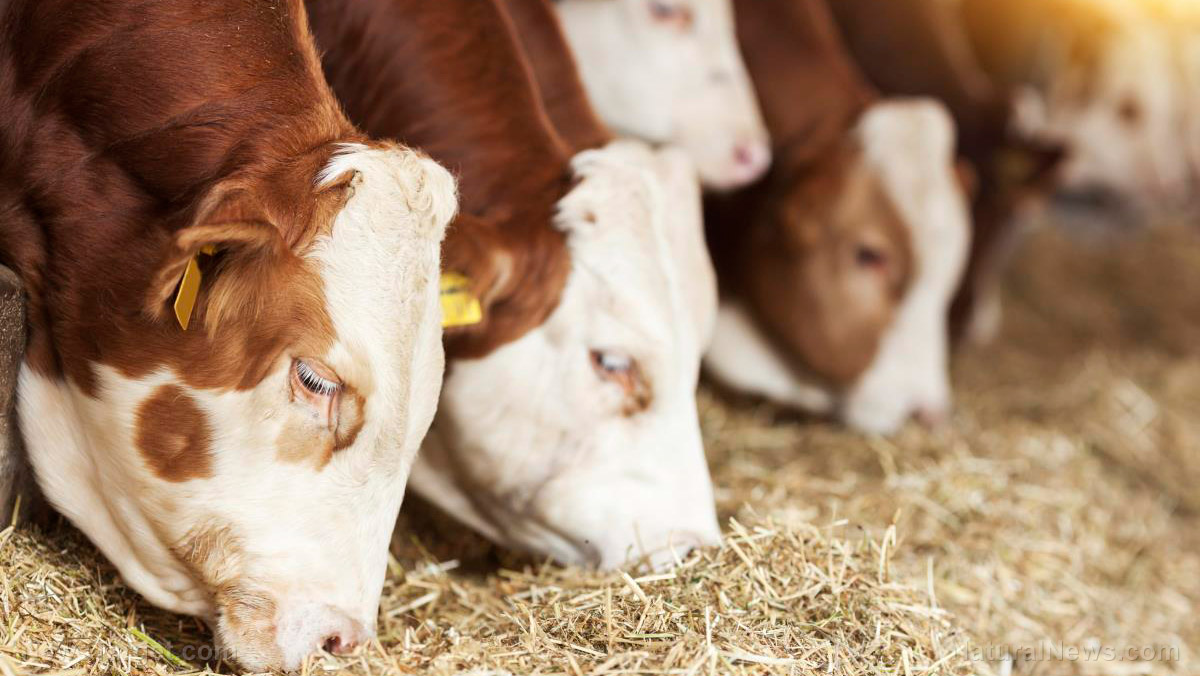Scientists pressuring FDA to approve use of bioengineered animal organs in human transplants
01/26/2023 / By Arsenio Toledo

Startups in the field of bioengineering are attempting to get the Food and Drug Administration (FDA) to approve trials involving transplanting animal organs into humans.
One of the first-of-its-kind xenotransplants occurred in January 2022, when 57-year-old David Bennett, a man with late-stage heart failure from Maryland, received the heart of a pig.
Bennett was too sick to be eligible for a traditional human transplant, which is why a biotech company, United Therapeutics, genetically engineered the heart of a pig to reduce the risk of immune rejection. This heart was then transplanted into him.
The initial results of the operation were promising, but Bennett died within two months after the operation. His official cause of death is still being determined, with mainstream medical opinions claiming it is not due to organ rejection.
United Therapeutics is undeterred by Bennett’s death, and the company believes that formal trials of pig organs in living human subjects could begin as early as 2024. (Related: Japan to legalize “organ transplant farms” of animals to be raised and slaughtered for human transplant organs.)
Scientists employed by biotech companies like United Therapeutics believe studying the creation of bioengineered replacement organs could be the key to easing the nation’s organ transplant shortage.
Miromatrix, which is based in Minneapolis, Minnesota, is another company experimenting with turning pig organs into ones that resemble human organs. Miromatrix CEO Jeff Ross hopes the company can conduct a first-of-its-kind human testing of a bioengineered organ by the end of the year – if the FDA agrees.
If the FDA does sign off on this trial, the initial experiment will be conducted outside of the volunteer patient’s body.
The first trial will test to see if a bioengineered pig liver could be used in people. To transform this pig liver, Miromatrix scientists create a kind of “scaffold” of a liver.
To do this, the liver’s pig cells are dissolved and flushed out to turn the organ into a ghostly, semi-translucent scaffold with a rubbery texture. Once this stage is complete, this scaffold is then infused with human liver cells taken from donated organs unable to be transplanted. These living cells get absorbed into the nooks and crannies of the scaffold to restart its functions.
“We essentially regrow the organ,” said Ross. “Because we remove all the cells from that pig organ, our bodies won’t see it as a pig organ anymore.”
Miromatrix CEO warns of xenotransplantation’s potential dangers
More than 105,000 people are currently on waiting lists in the United States for organ transplants. Thousands of these people will die before they get their turn, and thousands more never even get put on the list, with their chances of recovery considered too much of a long shot to allow a resource as valuable as an organ to be put in their bodies.
This is why scientists and physicians alike are looking at animals as another source of organs, and the FDA itself is strongly considering whether to allow more experiments with xenotransplantation using the gene-edited organs of pigs.
“The number of organs we have available are never going to be able to meet the demand,” said Dr. Amit Tevar, a transplant surgeon at the University of Pittsburgh Medical Center. “This is our frustration.”
With bioengineered organs, physicians wouldn’t have to wait for people to sign up to donate their organs and then pass away. They wouldn’t even have to breed special kinds of pigs. They would just have to acquire their leftover organs from slaughterhouses and then run them through lab procedures like the ones Miromatrix scientists are currently experimenting with.
“That is something that in the long term may very likely contribute to the development of organs we can use in humans,” claimed Tevar.
Despite this, even Ross of Miromatrix has cautioned people of the potential dangers. Stripping away the pig cells remove some of the risks of xenotransplantation, but the risk of complications, like lurking animal viruses or hyper-rejection, does not fall to zero percent.
Furthermore, the process of getting human cells to take over bioengineered pig organs is complex. “We can’t take billions of cells and push them into the organs at once,” said Ross.
Learn more about other potentially dangerous medical experiments at DangerousMedicine.com.
Watch this video from “The Constitutional County” discussing how hospitals all over America are killing transplant patients by forcing them to take experimental vaccines.
This video is from the channel The Constitutional County on Brighteon.com.
More related articles:
Aborted baby organs to be used to grow transplants for medical patients.
Sources include:
Submit a correction >>
Tagged Under:
animal organs, bioengineering, biotechnology, FDA, genetic lunacy, medical experiments, organ transplant, organ transplants, pig organ transplants, xenotransplantation, xenotransplants
This article may contain statements that reflect the opinion of the author
RECENT NEWS & ARTICLES
ScienceDeception.com is a fact-based public education website published by Science Deception Features, LLC.
All content copyright © 2018 by Science Deception Features, LLC.
Contact Us with Tips or Corrections
All trademarks, registered trademarks and servicemarks mentioned on this site are the property of their respective owners.



















